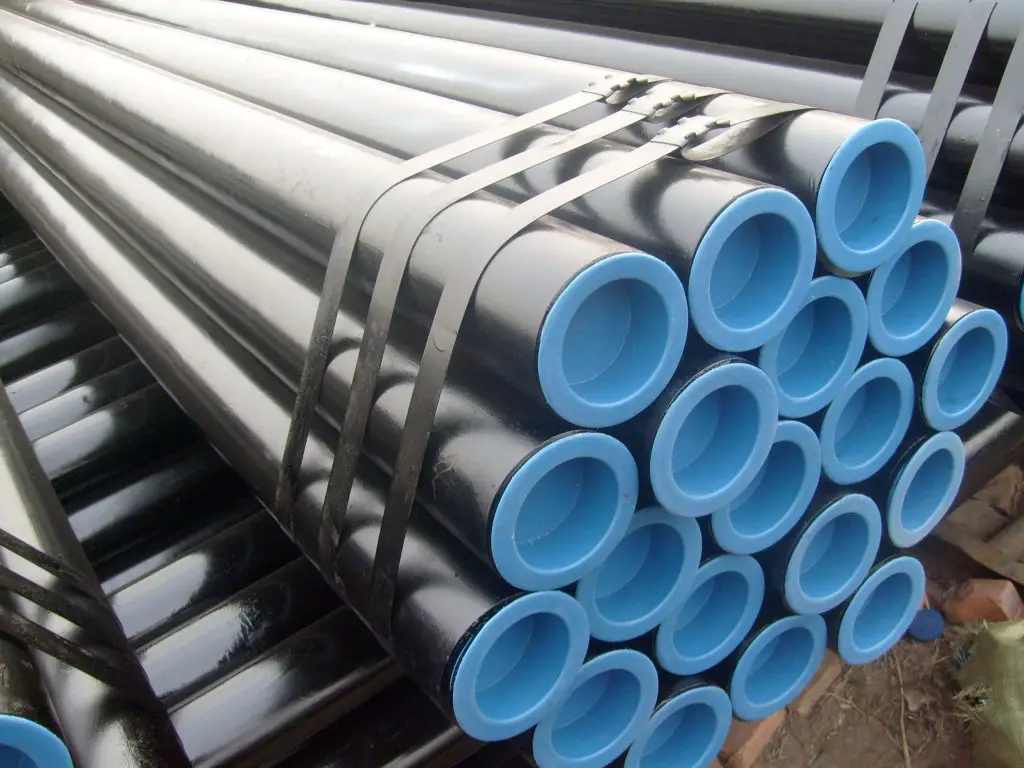Precision seamless steel pipes expansion coefficient is a method of inspection that can be applied to the joint gap of the annealing furnace with soapy water to see if it runs out of gas; the most easy place to run is the place where the annealing furnace enters the pipe and the place where the pipe is discharged. This place the seals are particularly prone to wear and should be checked frequently.
Pre-treatment process
The pre-treatment process of precision steel pipe and erw steel pipe before cold forming is proposed. The influence of normalizing temperature, holding time and cooling method on the micro-structure and mechanical properties of raw material pipe is studied. The normal normalizing process of precision steel pipe is determined: heating Temperature (890 ± 10) ° C, after 6 minutes of insulation, air cooling.
Conventional normalizing process can completely eliminate the Wei’s structure of precision steel tube, and make the matching of yield strength and tensile strength more reasonable.The coefficient of expansion can be expressed in terms of volume or length, usually expressed in length.
The density of the density material is the mass per unit volume of the substance, in units of kg/m3 or 1b/in3. The residual tensile stress mainly comes from the residual tensile stress generated by the equipment during the welding process.
Precision seamless pipe expansion coefficient and quenching treatment method currently, engineering is widely used after annealing to reduce the residual stress, and post-weld cooling is an important process of residual stress. This method wastes energy and is easy to produce larger Welding residual stress. Post-weld heat treatment is a new technique to eliminate residual stress.
Welding
Before the welding, the steel pipe is preheated to the post-heat treatment temperature and the welding piece is continuously heated to maintain the temperature during the welding process, and after the welding is completed, the insulation cotton is used to keep it warm and slowly cooled. Quenching can increase the strength and hardness of seamless pipes or ssaw steel pipe, but reduce their plasticity.
Quenching agents commonly used in quenching are water, oil, alkali water and salt solutions. The tempering of the precision steel pipe reheats the quenched precision steel pipe to a certain temperature, and then cooling by a certain method is called tempering. Its purpose is to eliminate the internal stress generated by quenching and reduce the hardness and brittleness to achieve the expected mechanical properties.
The tempering is divided into three categories: high temperature tempering, medium temperature tempering and low temperature tempering. The tempering is mostly used in combination with quenching and normalizing. The heat treatment method of quenching and tempering high temperature tempering after quenching is called quenching and tempering treatment.
